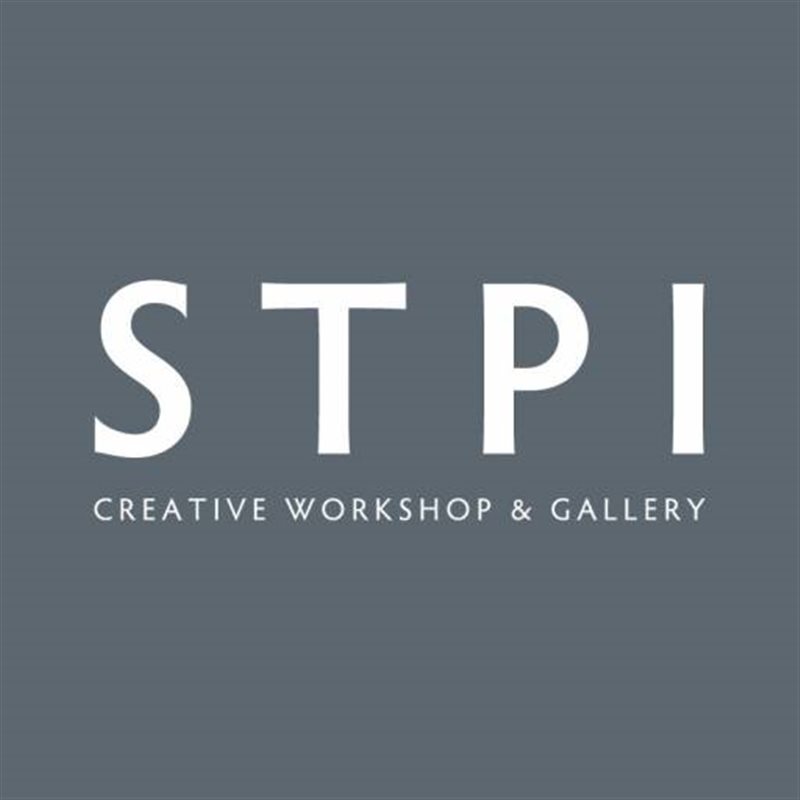 STPI Gallery
STPI Gallery
The Lines Fall Where They May is an exhibition on mark-making and the delicate, faint signs of nonhuman life and environments. It centres on two recent bodies of print works created at STPI’s workshop – the Edibles series of sap-drenched pressings by Berlin- and Seoul-based artist Haegue Yang, a continuation of her previous engagement at STPI with perishable plant-based foods; and copper- and ink-embossed paper works by Indian artist Prabhavathi Meppayil, who completed six sets of geometries (each comprising eight individual prints), three sets of which are exhibited. The Lines Fall Where They May also features the works of six other artists: Ghada Amer & Reza Farkhondeh, Genevieve Chua, Amanda Heng, Lin Tianmiao and Suzann Victor, most of which were created during their residency with STPI.
Mark-making is often thought of as visual aggregations of colour, shape, texture and scale, subject to the tightening and release of the artist’s control. Alternatively, they are expressions of the artist’s psychic, emotional or relational life, as portals through which we discover the artist’s subjectivity and agency. In other words, marks are the indices of various narratives that the artist expresses or allows. These marks exist as lines, blotches, indentations, brushstrokes, etchings, notches, tears, edges, and others in a near-inexhaustible list of possibilities for artistic production, with the artist as the fulcrum of activity.
The Lines Fall Where They May suggests that marks form the ways in which the artist is ever so slightly decentred, and marks are the small signs of life left by others. These marks are openings through which stories other than the artist’s own are known; they are how nonhuman systems and environments make themselves felt, whether those worlds are cybernetic, vegetal, mineral or animal. These signs are barely there, but sometimes in the barely-there exists enough consideration and measure of worlds apart from our own.


